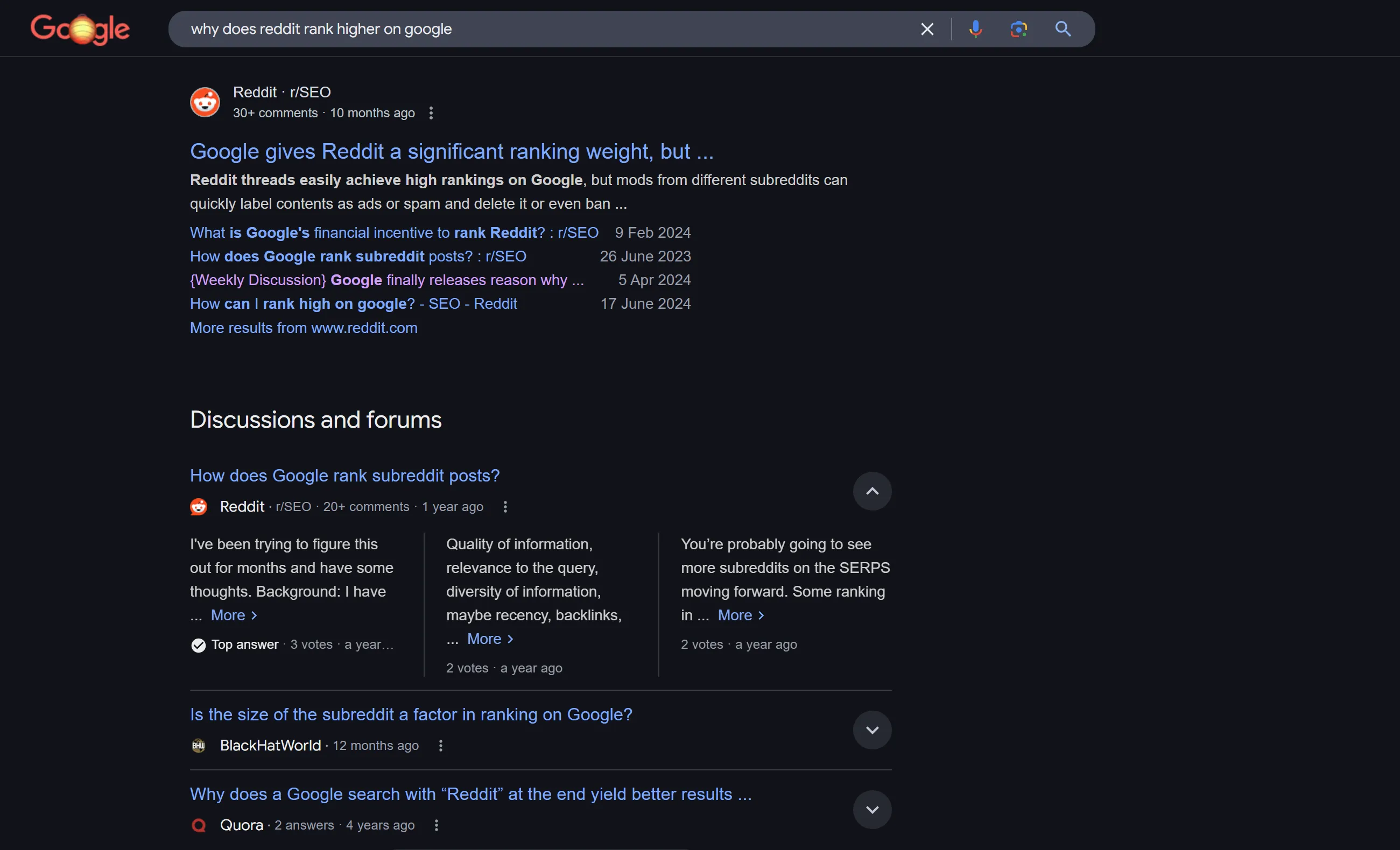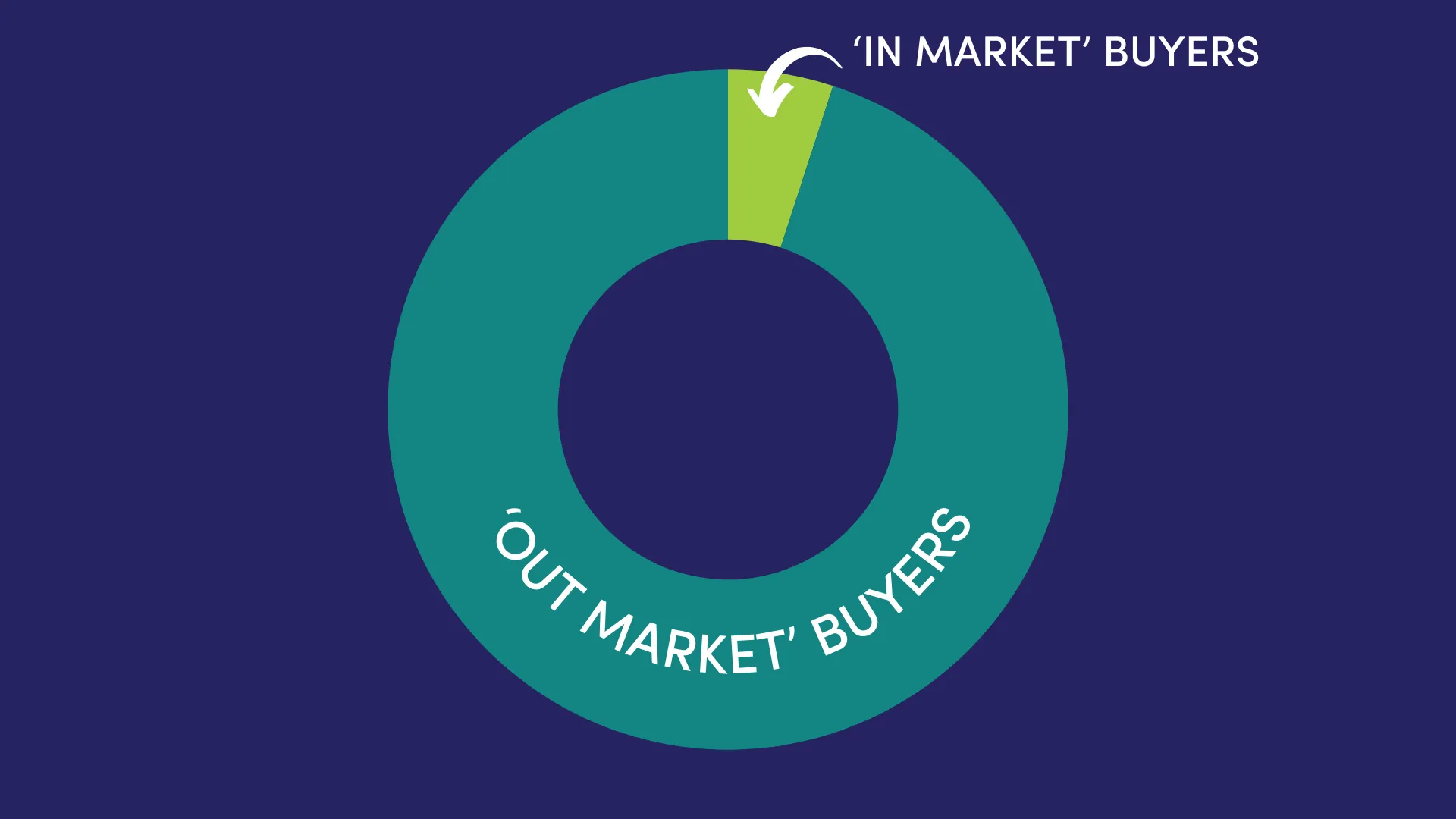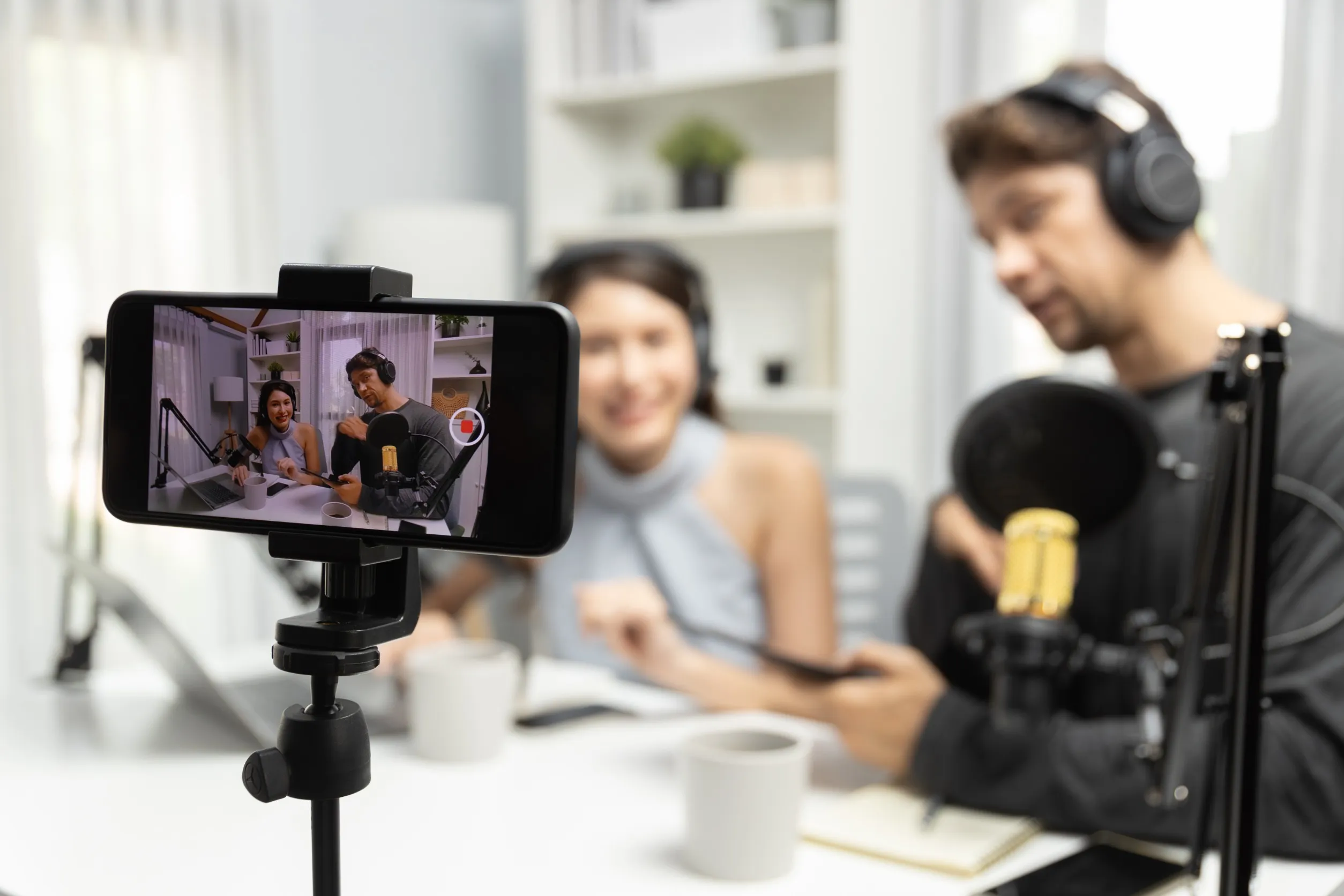In a world where marketers battle for every second of audience attention, Labubu – a quirky character from Pop Mart’s “Monster” series – has done the seemingly impossible: built a global fanbase, driven massive sales and turned an obscure collectible into a cultural phenomenon.
At Aston Digital, we work with brands every day that are trying to cut through the noise. And right now, Labubu is the case study we think every business should pay attention to – not because you’re about to launch a line of vinyl toys, but because the strategy behind its success is a masterclass in modern digital marketing.
So what exactly did Pop Mart do right? And more importantly, how can you apply the same thinking to your business?
Let’s break it down.
1. Strategy-Driven Scarcity
Labubu isn’t everywhere – and that’s the point.
Pop Mart didn’t flood the market. Instead, they leaned into limited releases, online hype and in-store drops that left fans queueing for hours. This wasn’t just about “hunger marketing”; it was about building a brand that feels exclusive and exciting to be part of.
What you can do: Scarcity isn’t just for collectables. Think: Limited-time offers, members-only events or exclusive product drops.
When used strategically, scarcity taps into FOMO and creates a real sense of community. It’s not about manipulating your audience – it’s about designing an experience they’re excited to engage with.
2. Storytelling That Sticks
Behind every Labubu drop is a story. The character itself has a mythology dating back to 2015, and each new version comes with a unique backstory. This isn’t just a toy – it’s a narrative, and people want to be part of it.
Brands often underestimate the power of storytelling. But the truth is, humans are wired for it. We remember stories. We connect through them. We trust them.
What you can do: Whether you’re selling software or skincare, your brand has a story. Tell it. Don’t just talk about features or services – share the why, the who and what it means to your customer. Use your content to build trust and deepen the emotional connection with your audience.
3. Social Media Shareability
Labubu’s “blind box” packaging – where fans don’t know which version they’ve bought until they open it – is genius. Not just from a sales perspective, but from a social one. It takes you back to when you would open a Kinder Surprise as a kid and the thrill you’d get opening that yellow plastic capsule to see what was inside.
The unboxing becomes an experience. And experiences get shared.
TikTok, Instagram, YouTube – you’ll find thousands of collectors capturing and sharing the moment they discover which Labubu they received. That’s user-generated content on autopilot. And it all fuels a broader sense of anticipation, community and emotional investment.
What you can do: Ask yourself – how can I make my product or service an experience worth sharing? That could be in the packaging, the onboarding or the way you engage customers post-purchase. Encourage user-generated content and reward it. Create emotional moments that your audience wants to be part of and wants to talk about.
Labubu is Cute, But This is Strategy
Labubu’s rise wasn’t a fluke. It was the result of an integrated marketing strategy that brought together community, content and clever design thinking. The tools that made Labubu a phenomenon – scarcity, storytelling and social media – are tools we help our clients apply every day.
Because in the end, it’s not about toys. It’s about attention. And winning attention today takes more than budget – it takes strategy.
If you’re ready to rethink how your brand connects, converts and grows – let’s talk.

A client of ours in the watersports game is heading into their quiet season as summer draws to a close. Quiet season = less sales. So, to [...]

Artificial Intelligence (AI) is a lot like Vegemite - you either love it or hate it. But if you haven’t tried it yet, it’s worth a taste. [...]

Have you noticed more Reddit and Quora threads appearing in Google search results? Whether you're looking for product recommendations or step-by-step guides, chances are you'll find a [...]

It’s a total coincidence that the title of this article rhymes, but hey, let’s make it a catch cry; thrive in 2025! This year is shaping up [...]

The integration we’ve been waiting for is finally here! Meta has introduced a groundbreaking connection with Google Analytics, enabling advertisers to link their Google Analytics properties to [...]

A client of ours in the watersports game is heading into their quiet season as summer draws to a close. Quiet season = less sales. So, to [...]

Artificial Intelligence (AI) is a lot like Vegemite - you either love it or hate it. But if you haven’t tried it yet, it’s worth a taste. [...]

Did you know that up to 95% of your potential business clients aren’t looking to buy right now? It sounds like a small detail, but it has [...]

Social media followers are great - the more, the merrier - but how can you convert this audience into subscribers who engage with your brand on a [...]

You know how they say your dopamine levels rise when you eat chocolate? Well, we get that same feeling when we look at data. Why? Because digital [...]

Have you noticed more Reddit and Quora threads appearing in Google search results? Whether you're looking for product recommendations or step-by-step guides, chances are you'll find a [...]

It’s a total coincidence that the title of this article rhymes, but hey, let’s make it a catch cry; thrive in 2025! This year is shaping up [...]

Starting December 13, 2024, Instagram is removing the ability to follow hashtags in the app. This change follows Instagram CEO Adam Mosseri’s recent video Story which explains that [...]

Consumers are becoming more emotive in their buying decisions and are craving genuine connections with brands. Enter low-fidelity (lo-fi) content. More than just a passing trend, lo-fi content [...]

